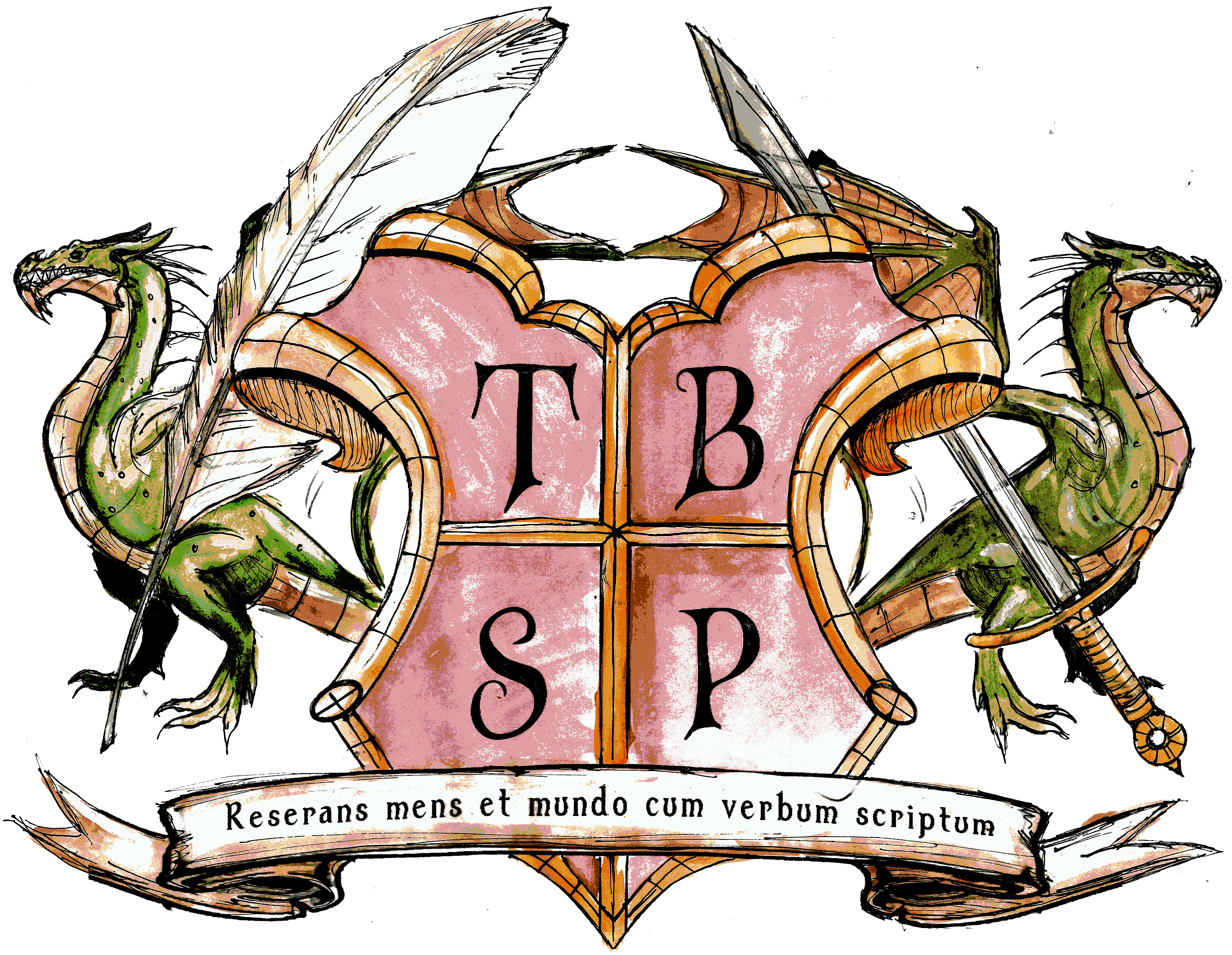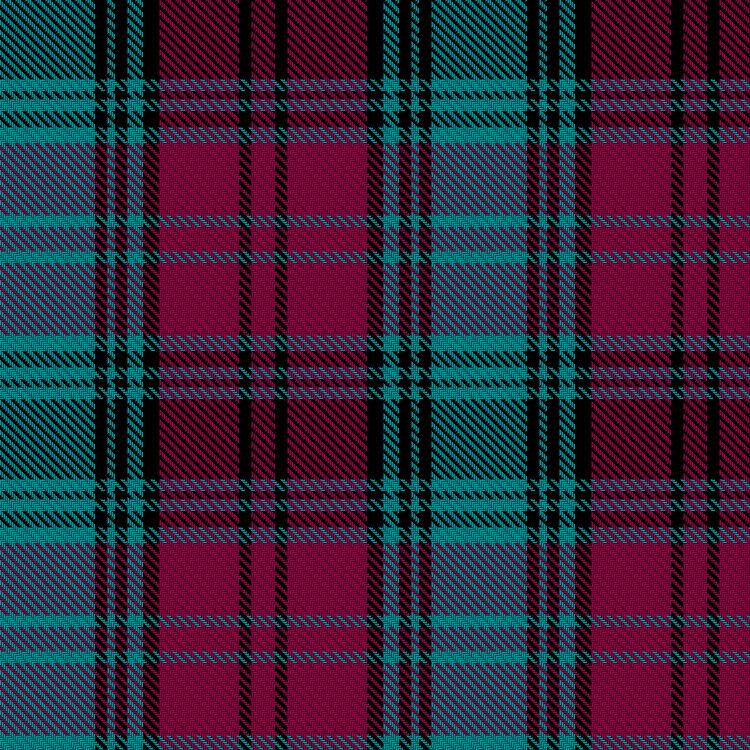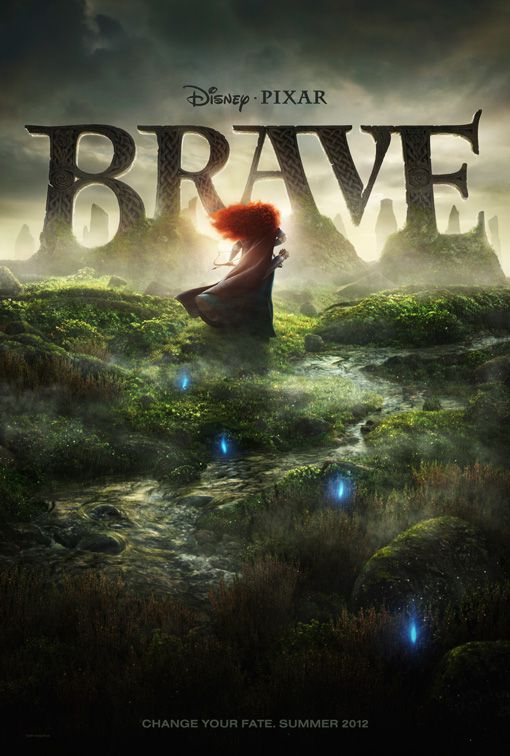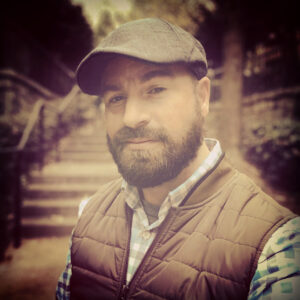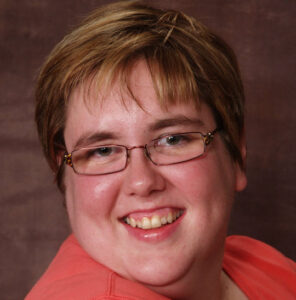ONE of the greatest aspects of Brave is the film’s unforgettable landscape, beautifully portrayed through superb animation. The entire “world” built by the film is complete, and the landscape alone is merely one of its facets. In addition to the lush, green rolling hills, the crags and high cliffs, and the architecture of monuments and buildings, the film includes key elements to the traditional, Celtic culture. Intricate knotwork is carved on wood and stone throughout—including Merida’s bow. Nary a scene exists without a man in a kilt or some display of tartan (ever wonder what the Scotsmen wear under those kilts… watch this film and you will no longer), a few of its characters adorned in woad paint (a tip of the hat to Braveheart, perhaps?), and fanciful tapestries line many a wall.
Many of the Scottish traditions outlined in our intro are beautifully and respectfully reflected in Brave, one of them specifically is that of the Highland Games. According to tradition, each clan presents its most desirable suitor for the hand of the Princess, and the winner is determined through a test of her choosing. Brave’s focus is not mainly on romance; rather, in a stroke of unconventional plotting, the games serve as an impetus for the main conflict between Merida and her mother, and between Merida and the conventions of her society.
Another aspect we loved about Brave is the wonderful music contained in its soundtrack. As we are both vocalists and lovers of music, this was one aspect, in our humble opinion, the film had no room to get wrong. They didn’t. The composer of the film’s musical score, Patrick Doyle—also the composer of Harry Potter and the Goblet of Fire—used traditional Scottish instruments such as the bagpipes, a solo fiddle, Celtic harps, and the bodhrán, just to name a few. Doyle was quoted as saying, “I employed many classic Scottish dance rhythms such as reels, jigs, and strathspeys, which not only serve the action but keep it authentic.”
The only issues we found with the world-building of the film were anachronisms. Given the film was fictionally set in 10th Century Scotland, the use of plaid (15th-16th Century), kilts (18th century); forks (16th century); Shire horse (breed developed in the mid-17th century) and fighting the Romans (1st-5th century) all fit the bill. Because we love all things Scottish, we happily forgive them.

